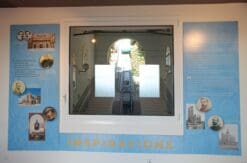The exhibition of rolling stock in La Pobla de Lillet not only hides history inside its old retired appliances and locomotives; the building, the walls and the beams that shelter them, are the living witnesses of the industrial revolution in Catalonia.
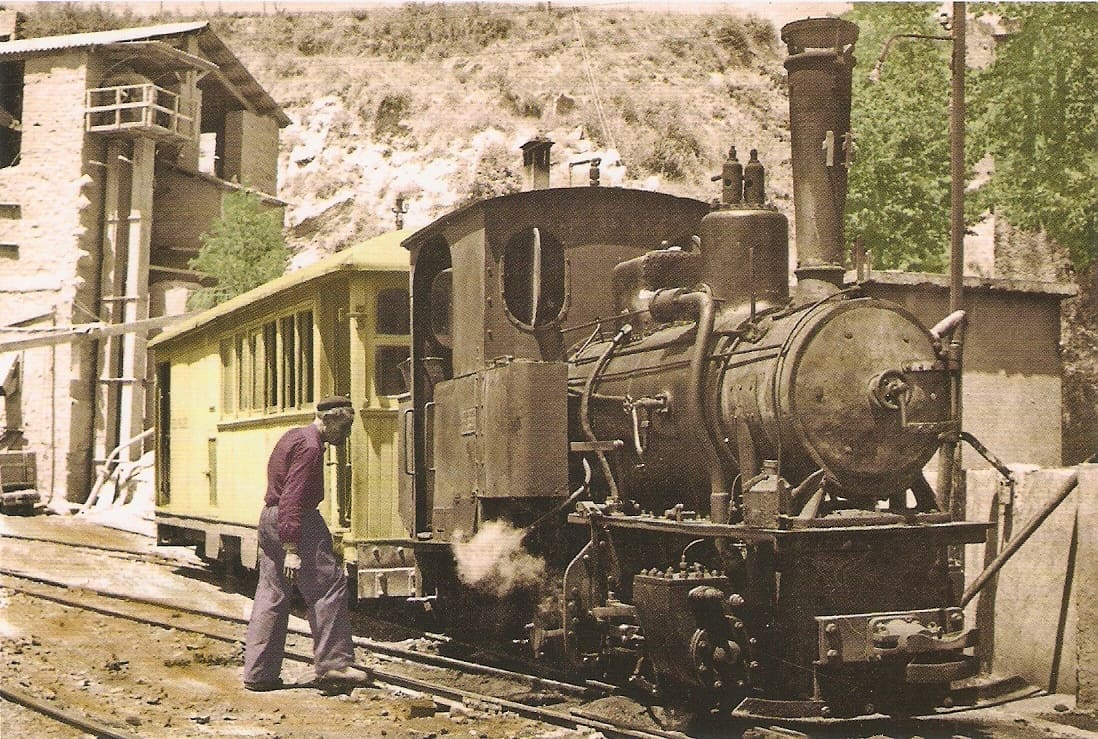
What we now know as the "Exhibition of rolling stock" began its life in 1901. Eusebi Güell, a renowned Catalan businessman, decided to take advantage of the quality of the Clot del Moro quarries to found the first Portland cement factory in Catalonia: the Asland company. Despite the raw material, the proximity to the Llobregat river and the ease of obtaining coal from the Catllaràs mines, the Pyrenean relief is hard and makes communications difficult, isolating the factory of civilization. The solution is clear: in order to ensure the success of the company, a train is needed that connects the factory with the Catalan railway network and, of course, a place where they can leave is needed.
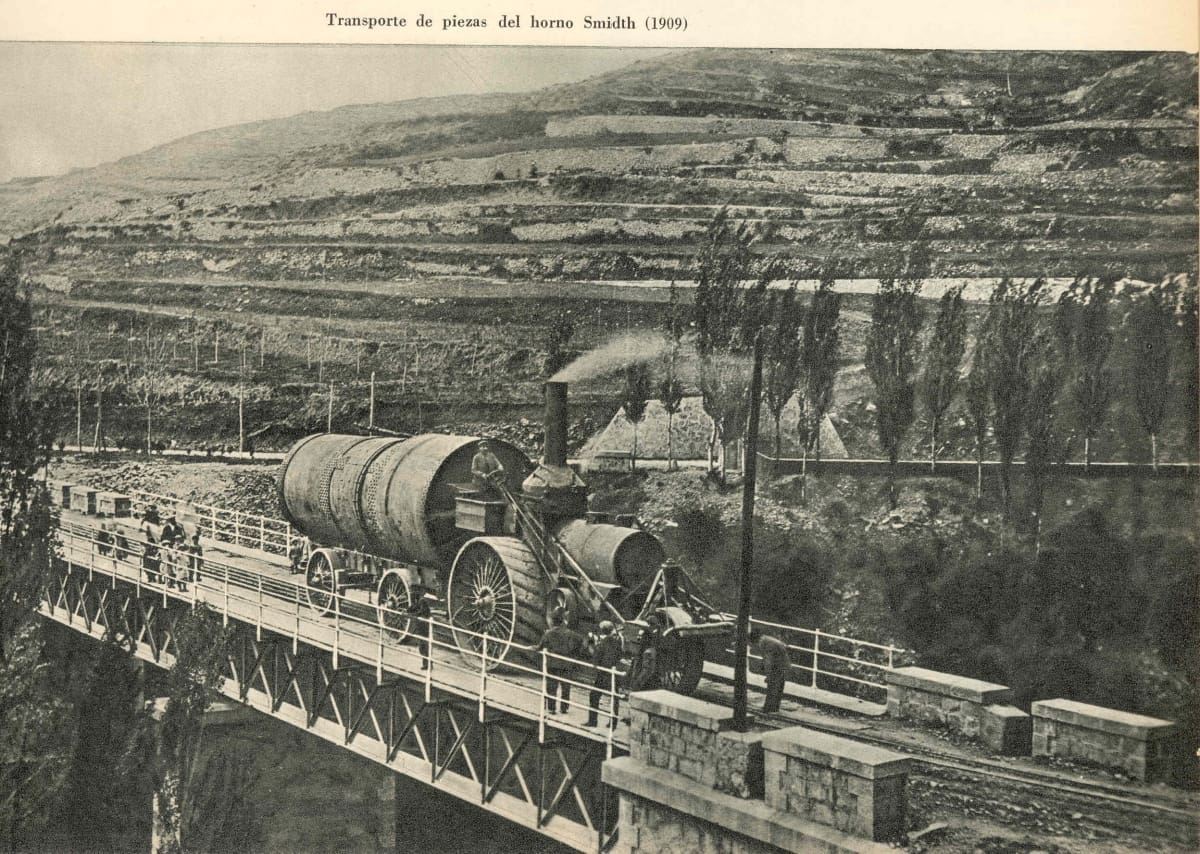
This is how the works and prospecting of the railway that would connect Guardiola de Berguedà began, where it connected with the railway that led to Berga and Manresa, with the Asland cement factory. The current exhibition of rolling stock was then the station of La Pobla de Lillet and during the first years of operation, with the roads built, who is responsible for transporting the materials is a locomotive. These devices, very popular before the extension of the steam locomotive, made use of the rails but were not pushed by a machine but by a group of draft animals that were tied to the front as they would in a cart.
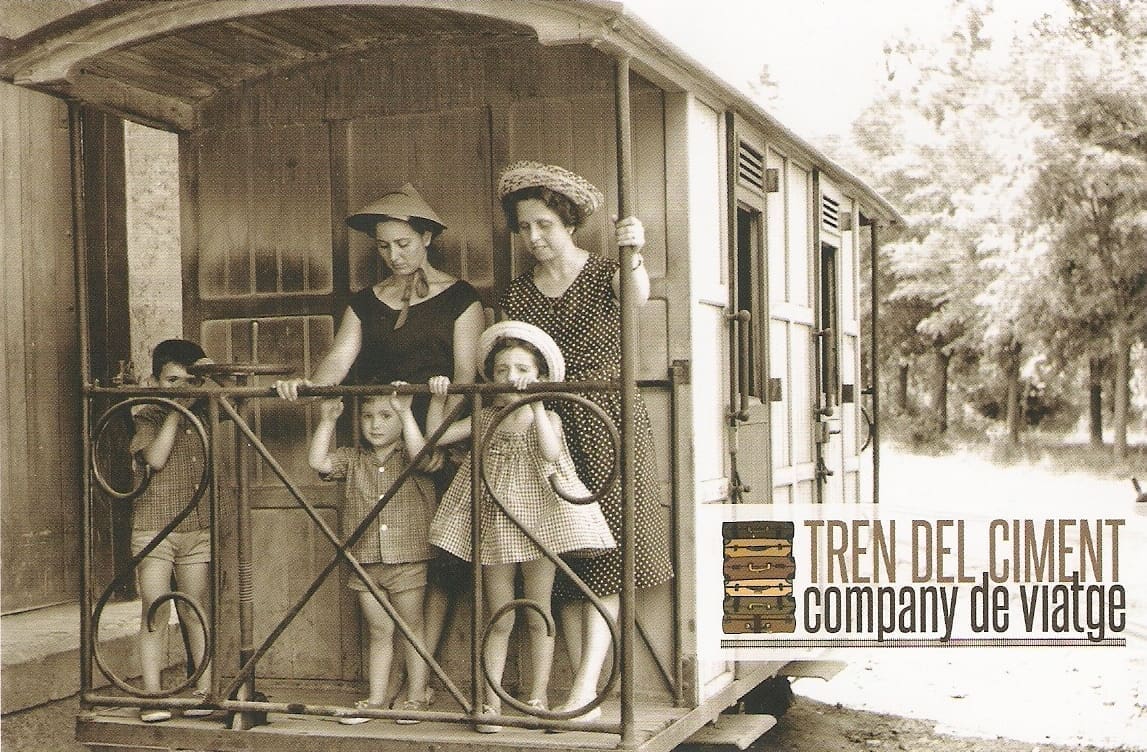
Finally, in 1908, the old station of La Pobla de Lillet witnessed the first official journey of the railway, which transported King Alfonso XII and his entourage to the cement factory, where they also visited. This date marks the start of the next events. From the 1 of August of 1914 the railroad begins to render public service to travelers and supposes a radical change for all the inhabitants of the zone that until then lived practically incommunicado. Farmers and farmers from the surroundings of the Catllaràs Mountain range pass through the old railway station on their way to the big cities but also bourgeois from cities such as Manresa, Terrassa and Barcelona, who arrive in the Pyrenees encouraged to rest among nature. It is precisely at this time that the phenomenon of hiking and high mountain sports began to become popular.
The passenger service was usually coupled to freight cars. There were two coal wagons on the way up, two empty wagons and two passenger wagons, and four on the way down were loaded with cement and the other two were again loaded with passengers. They used to make between two and four trips a day and the journey, of only 10km, lasted 50 minutes.
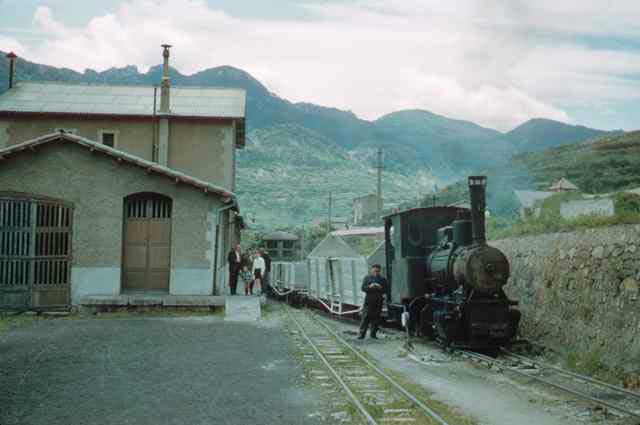
For half a century, La Pobla station witnessed the modernization of the territory; With it, new train lines would arrive in Campdevànol, a network of roads well adapted to the terrain and, of course, equipment with more speed but also time, it would make its terrible passage through the infrastructures of the railway.
October 14, 1963 was the last journey of the Guardiola de Berguedà railway to Castellar de n'Hug and shortly afterwards the Asland cement factory closed. From then on, La Pobla station was abandoned until its doors were reopened with a different name and function. Ferrocarrils de la Generalitat turns the space into a museum where all kinds of secondary, industrial and tourist railways in the Vall del Llobregat are exhibited, which help us to understand how it works but above all transport us, without moving from its place, to the passenger-filled station that opened more than a century ago.
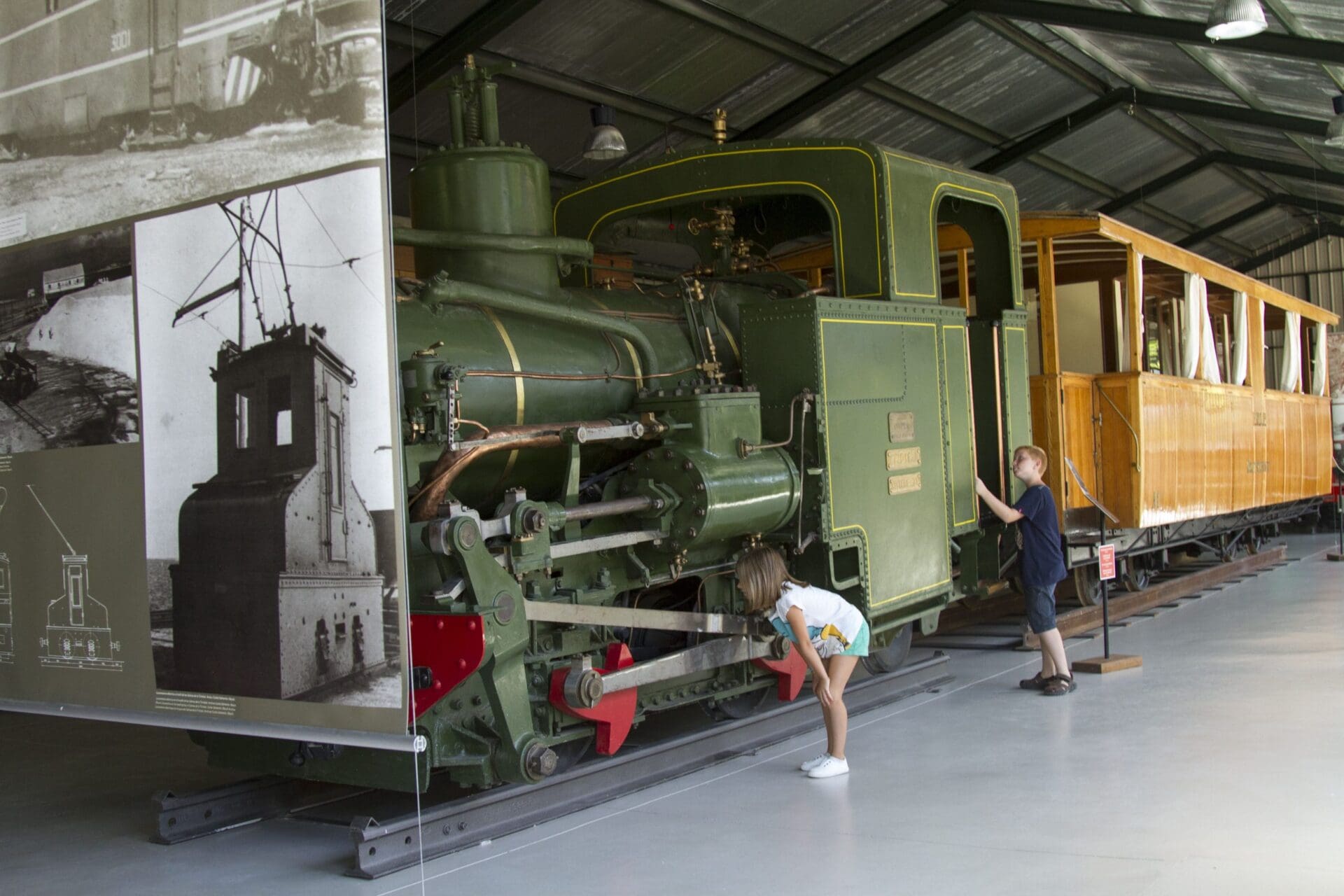
All those who want to can take advantage of the trip on the Tren del Ciment to visit the exhibition of rolling stock. The timetables are available on the website and you can always contact the La Pobla tourist office, who will help the traveler with any questions.


